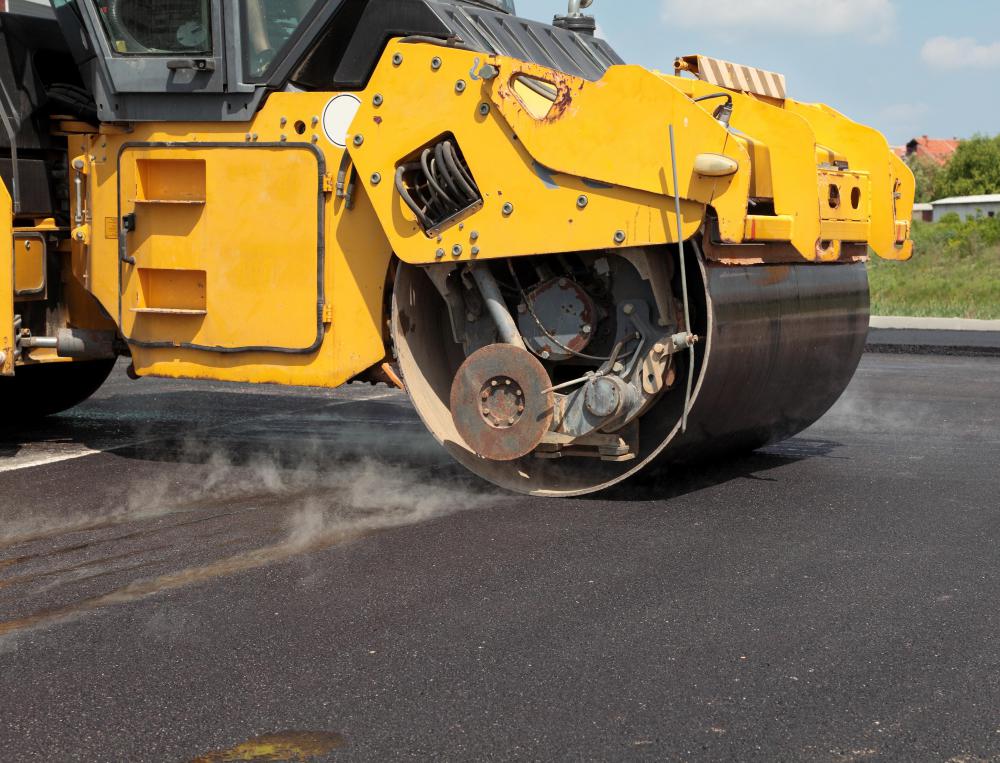At WiseGEEK, we're committed to delivering accurate, trustworthy information. Our expert-authored content is rigorously fact-checked and sourced from credible authorities. Discover how we uphold the highest standards in providing you with reliable knowledge.
What is Chip Seal?
Chip seal is a paving technique where workers apply a layer of hot asphalt followed by a layer of aggregate material that will be pressed into the paving to smooth it. Sometimes this is followed with a fog seal, another light coating, to protect the finished roadway. This technique is very cost effective, and people may use it in maintenance as well as in new road construction. It is most commonly seen on rural roads with low traffic, where expensive paving would not be worth the cost but drivers still need serviceable roads.
This technique includes the components of a regular asphalt road surface, but rather than being applied in a mix, they are added separately. The process of installing chip seal starts with cleaning and smoothing the roadway. Stones and impurities can create cracks and weaken the surface. Once the road is clean, an asphalt sprayer goes over it, followed immediately by a truck carrying aggregate to drop onto the hot asphalt, and a steamroller or similar compaction device to smooth the surface. This aligns the aggregate material to create a smooth, even roadway.

The workers give the roadway some time to set before they sweep it to remove any loose materials. The chip seal must cure for up to two days before people can drive over it at normal speed. The workers may open the road with signs advising people to drive slowly, if closing the road would be impractical. If a fog seal is to be applied, the workers will sweep the road again before spraying the upper protective layer over the road.
One use of chip seal is in refinishing roadways. Ripping up the road to install a completely new surface is expensive and time consuming. Chip seal can extend the time between in-depth maintenance sessions and keep roads in good condition. When a road is in a low traffic area, it may not be a high priority for complete resurfacing, and chip sealing will keep drivers happy. People may also use this technique for new roads in some areas, as well as for driveways and paths.
The chip seal will eventually start to break down and tends to do so more quickly than other kinds of surfaces. The cost makes this an acceptable trade off in many cases, especially if road crews are vigilant about maintenance and address obvious problems before they have a chance to grow. Harsh weather, tree roots, and subsidence can be a problem for the surface of the road, and road workers must regularly patrol their area to check for signs of damage.
AS FEATURED ON:
AS FEATURED ON:











Discuss this Article
Post your comments